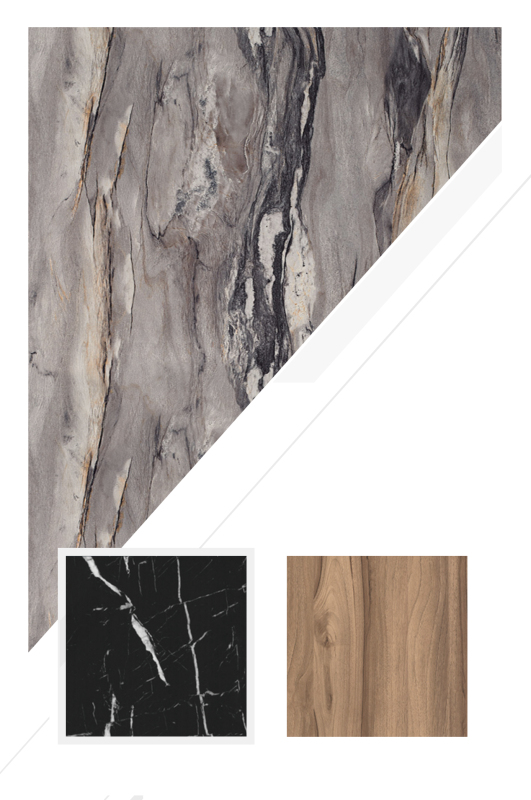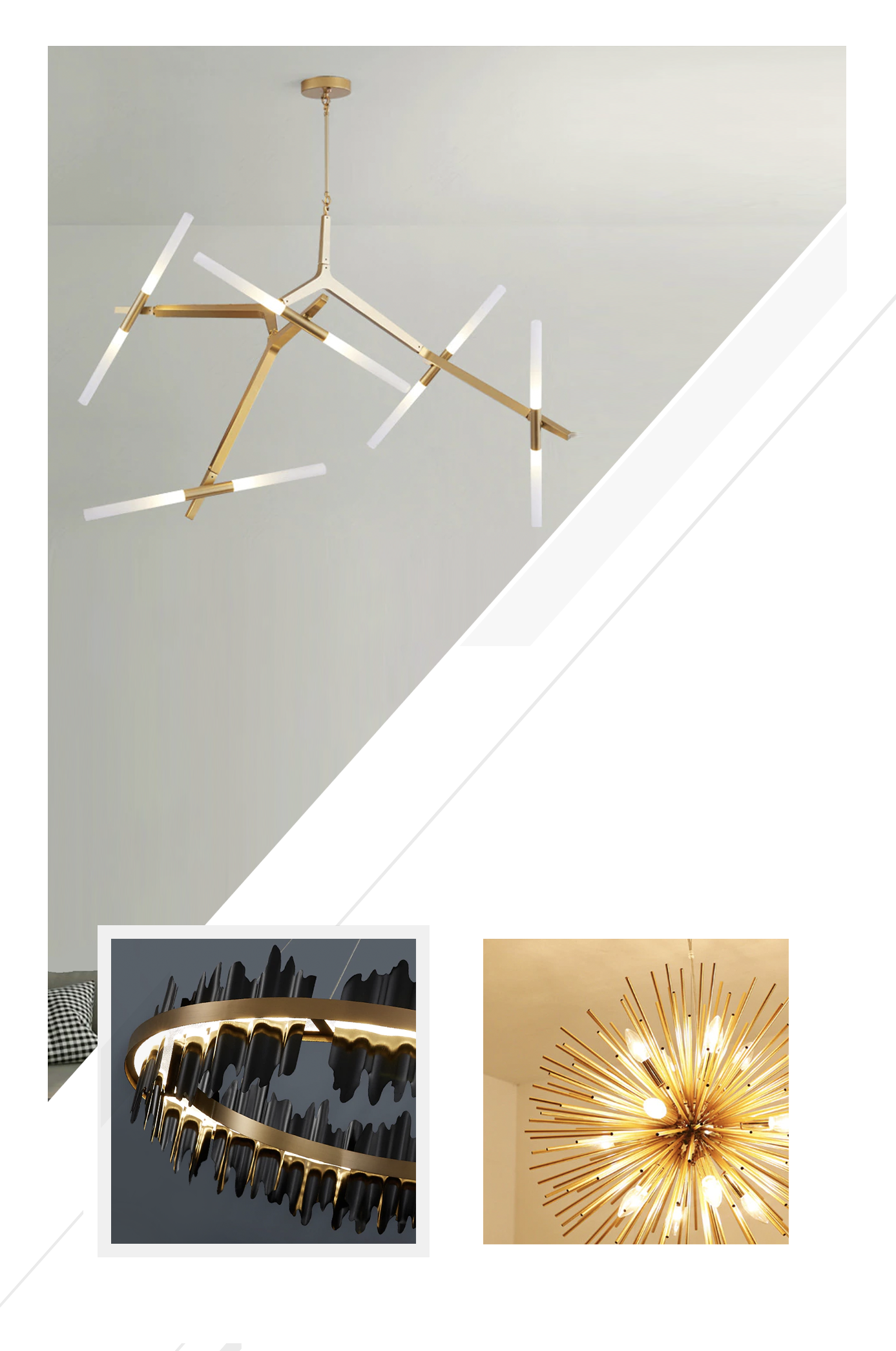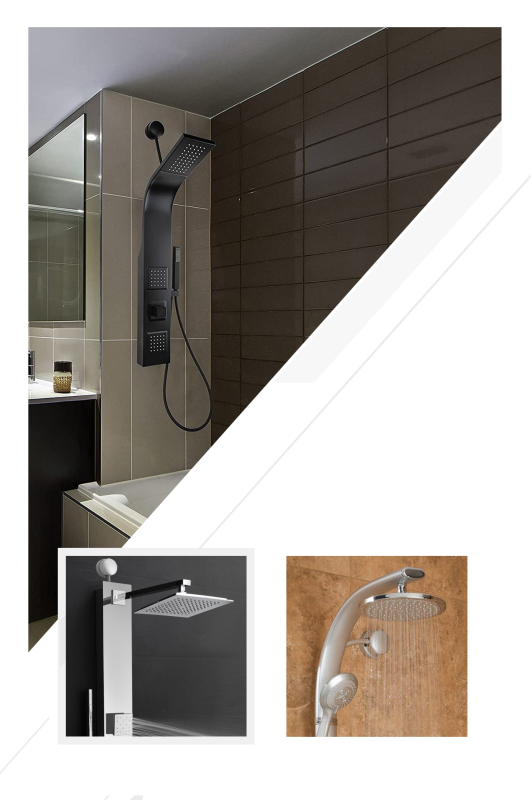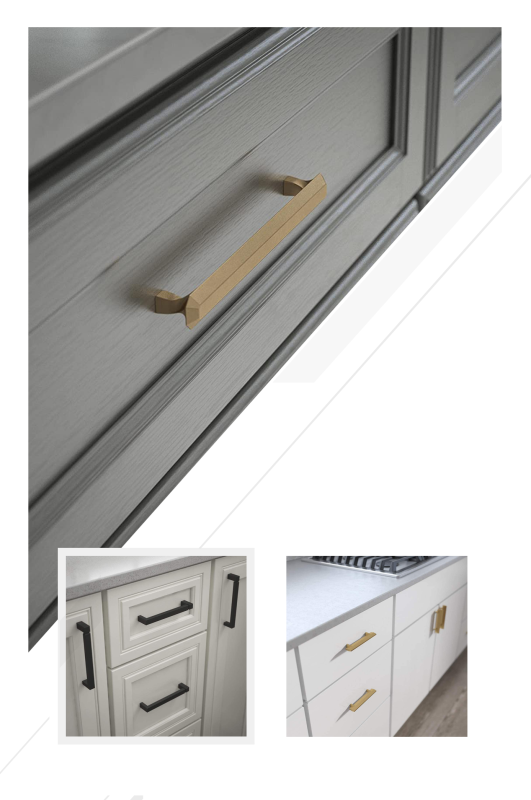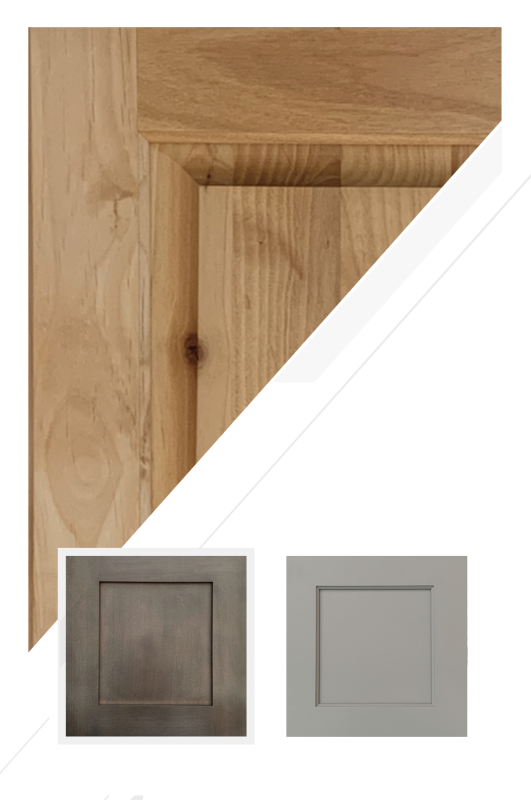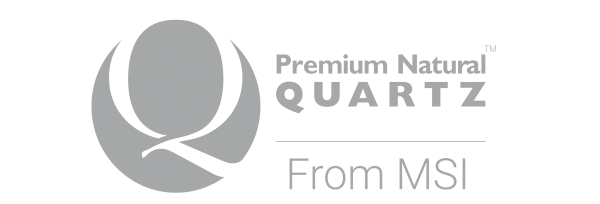Insurance Playbook for Wildfire Rebuilds: Beating Underinsurance
By Joy Line Homes California
After a wildfire, families discover two hard truths. First, recovery depends on clear information and steady momentum. Second, many policies do not fully match current construction costs. Joy Line Homes helps close the gap with an insurance playbook that pairs modular efficiency with smart documentation. We build faster, submit cleaner records, and align scope with benefits so your dollars work harder from day one. This guide is for homeowners in Los Angeles, Ventura, Santa Rosa, Napa, and Paradise who want a calm path from claim to keys.
Our approach starts with order. We collect facts, define a working budget, and design a scope that meets safety codes, comfort goals, and insurer requirements. Where coverage is thin, we phase work with an ADU first strategy, then step into the primary home when funds allow. Clarity is the theme. Every decision needs a reason, a price, and a place on the schedule.
Know Your Policy, Then Build Your Plan
Request a full policy copy and a current declaration page. Learn the limits for dwelling, other structures, contents, and additional living expense. Ask about code upgrade coverage and debris allowances. Find out how supplements are handled and what documents your carrier expects. With that in hand, Joy Line converts limits into a realistic working budget and a sequence that preserves cash for essentials first.
We also review deductible timing, depreciation rules, and replacement cost requirements. Some policies require proof of completed work to release withheld amounts. Our factory based schedule and progress records make that proof easy to deliver, which keeps payments moving and reduces stress.
Turn Code Requirements Into Funding
Wildland Urban Interface rules and energy standards are not optional in fire country. They can also unlock coverage when documented correctly. Joy Line submits drawings that highlight Chapter 7A assemblies, ember resistant venting, Class A roof systems, sealed eaves, dual pane tempered glazing, and ignition resistant cladding. We add Title 24 energy models that justify insulation values and mechanical choices. These exhibits show the difference between like kind replacement and code driven improvements. Adjusters see a clear line from requirement to cost, which supports supplements that would otherwise be denied.
Jurisdictions in Los Angeles County, Ventura County, Sonoma County, Napa County, and Butte County review these elements closely. A well marked plan set reduces questions at the counter and strengthens your case with the carrier at the same time. One set of documents serves both audiences, which saves time and money.
Document Once, Leverage Often
Accurate records are financial tools. Joy Line compiles debris manifests, soil testing, foundation engineering, energy compliance, and factory inspection logs in a single package. Photo records show moisture readings, fastener patterns, window pan tests, and envelope sealing before cladding goes on. These details shorten plan review, speed field inspection, and provide carriers with evidence that materials and labor match the scope. When a supplement is needed, we attach a clean exhibit that references the sheet and detail where the requirement lives.
This discipline also helps with lenders and grants. A single, organized binder builds confidence across every group that touches the project, which keeps approvals and draws on schedule.
Stretch Coverage With Modular Speed
Additional living expense is finite. Every extra month in temporary housing reduces what is left for the build. Modular schedules shorten the path to occupancy. While the site is cleared and the foundation is prepared, your home is built indoors with tight tolerances and steady oversight. When modules arrive, set day takes hours, not weeks. Inspection focuses on foundation, connections, and final fit. Speed protects your budget by limiting rent and temporary costs that do not become part of your home.
Speed also preserves morale. Families in Santa Rosa and Paradise report that seeing the house arrive restores a sense of control. That matters when energy is needed for dozens of small decisions that follow.
ADU First: A Bridge That Pays You Back
If dwelling coverage is tight, an Accessory Dwelling Unit can be the smartest first phase. It returns you to your property, reduces monthly expenses, and becomes a permanent asset. Joy Line ADUs meet WUI requirements with ignition resistant exteriors, sealed eaves, dual pane tempered glazing, and ember resistant vents. In Los Angeles foothills, we place ADUs near existing utilities for fast hook up. In Ventura, we pair corrosion resistant finishes with enclosed framing. In Napa and Santa Rosa, single level plans match neighborhood rhythm and keep access simple.
When the primary home is ready, the ADU becomes a guest suite or rental that helps pay the mortgage. One investment solves two problems, which is exactly what an underinsured family needs.
Scope Control That Protects Value
Recovery is not the time for a wish list. It is the time for durable choices that last. Joy Line prioritizes structure, envelope, and comfort. That means fire resistant cladding, Class A roofs, enclosed soffits, ember screened vents, tempered glass, tight air sealing, and smart mechanical systems. Decorative items that are easy to change later stay simple at first. This order protects inspections, lowers monthly utilities, and keeps maintenance predictable. Dollars go to the parts of the house that defend your family and survive the next season.
We use itemized scopes and allowances so you can see the price of each decision. If a selection pushes the budget, we suggest cost neutral alternates that preserve the look and performance. Transparency keeps momentum steady and trust strong.
Your Claims Checklist
Keep a dated log of every call and email. Save receipts for housing, meals, mileage, and supplies. Request written confirmation after each meeting. Submit supplements with a short cover letter, a takeoff or quote, and the plan sheet that shows the requirement. Ask for clear reasons when something is denied and answer with code citations and photos. Joy Line supports each step with drawings, product data, and inspection records that match our scope and schedule.
When you reach major milestones, send your adjuster a brief update with photos. Carriers respond well to organized progress, and it keeps the door open when the next request arrives.
Foundation and Utility Choices That Aid Approval
Underwriters and inspectors like clean stories. Foundations with clear anchor layouts, labeled utility chases, and non combustible transitions pass faster. Joy Line selects slabs on grade for flat infill in Santa Rosa, raised platforms for Los Angeles hillsides, and helical piles where soils are disturbed in Paradise. Gas meters stand outside the five foot non combustible zone when practical, electrical disconnects are visible, and water shutoffs are labeled. These choices reduce questions, improve safety, and provide carriers with the risk profile they prefer.
Defensible space completes the narrative. A continuous five foot non combustible band, enclosed decks, and fence returns in metal or masonry show that the site is designed for resilience, not just style.
Regional Notes for Smarter Claims
Los Angeles: Hillside access and wind exposure require crane studies, sealed underfloors, and shaded glazing on protected faces. Include these items in supplements with diagrams so adjusters see the necessity.
Ventura: Coastal air plus canyon winds demand coated fasteners, concealed metal clips, and enclosed framing at decks. Document corrosion resistance as a longevity requirement, not a luxury.
Santa Rosa: Neighborhood context favors single level plans on slabs with fiber cement exteriors. Cite Chapter 7A and local guidance for tempered glazing and eave closure.
Napa: Rural siting supports deep porches and non combustible hardscape near openings. Show how shading reduces cooling loads and protects seals, which ties energy modeling to real comfort.
Paradise: Disturbed soils and narrow lanes validate helical piles, grade beams, and compact set plans. Provide access maps and pile logs with submittals to shorten review.
Avoid the Common Pitfalls
Do not sign open ended contracts. Do not accept materials that lack WUI compliance. Do not begin design before verifying transport routes, crane staging, and set points. Do not place decks, fences, or sheds in the first five feet of the structure. Do not overspend on finishes while underfunding the envelope. Recovery rewards discipline. Every choice should improve safety, shorten the schedule, or lower life cycle cost.
Life After Move In
Insurance does not end at the front door. Joy Line hands off a maintenance guide that supports your policy and your comfort. Clean gutters and vent screens seasonally. Keep the five foot band clear. Test shutoffs and alarms. Replace filters before peak heat and smoke periods. Save service receipts and keep a photo log. These habits show carriers that the home is cared for and keep you ready when weather turns.
Stories of Smart Funding
In Los Angeles, a family began with an ADU, moved home within months, and used rental income to support the primary build. In Ventura, corrosion resistant detailing won approval as a required coastal measure and reduced future maintenance. In Santa Rosa, a slab plan with fiber cement siding and tempered glazing passed final inspection without corrections. In Napa, deep porches counted toward energy performance and comfort, which supported a modest mechanical system. In Paradise, helical piles and factory documentation kept supplements moving and the schedule intact. Each success started with organized documents and a plan that placed safety first.
The Joy Line Perspective
Your home deserves a funding plan that is as strong as the structure itself. Joy Line Homes turns policy language into practical steps, then pairs those steps with modular speed and clean documentation. We help you beat underinsurance with scope control, ADU phasing, and exhibits that justify every safety and energy choice. The outcome is simple. Faster approvals, steadier draws, and a home that performs in California’s fire country. With the right playbook, recovery feels clear, and your next chapter arrives sooner.
About Joy Line Homes
Joy Line Homes builds modular residences and ADUs with WUI compliant assemblies, factory precision, and documentation that supports permits, inspections, and insurance. We help families in Los Angeles, Ventura, Santa Rosa, Napa, and Paradise return home with a plan that protects both comfort and budget.
Visit JoyLineHomes.com to request an insurance and scope review for your rebuild.
We are based in Santa Cruz County ,
California
Tel: (831) 888-Home
Email: info@joylinehomes.com
Business Hours: 9am - 6pm

